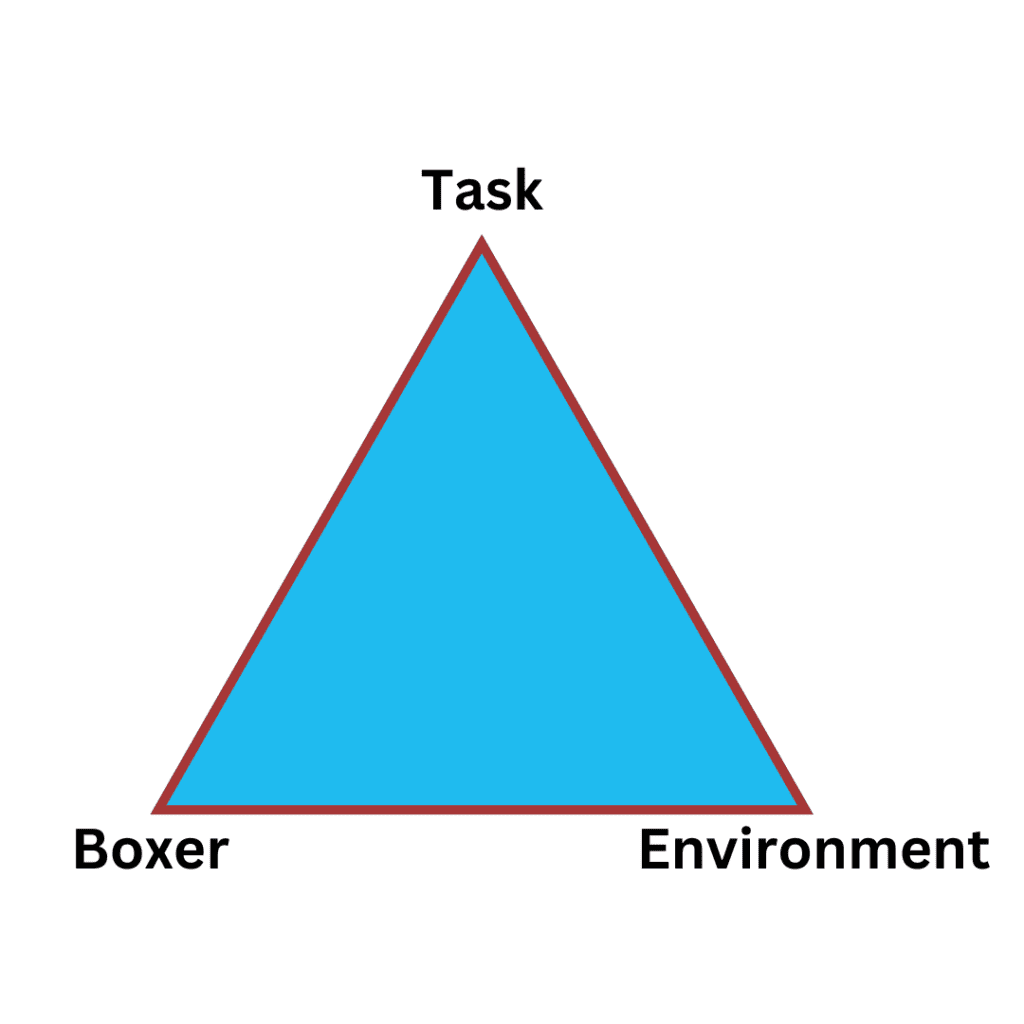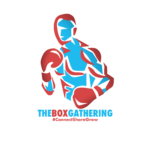Boxing is a very complicated sport but some of the best coaches make it as simple as possible for their boxers to understand. But what do they need to help their boxers focus on to accelerate this development?
Yes, there are techniques, skills, tactics, physical capabilities, and limitations to navigate, as well as high pressures, but how could we get more bang for our buck than simply doing what we’ve always done?
Coaches across many sports, including combat sports like boxing are increasingly adopting a constraints-based approach. This methodology emphasises understanding and manipulating the constraints that influence a boxer’s development and performance.
Ok, those are interesting words, so let’s dig deeper. Understanding Constraints.
In sports, constraints are factors that shape and limit a boxer’s actions. They can be categorised into three main types: individual, task, and environmental.
Individual Constraints
These refer to the unique physical and psychological characteristics of the boxer. Factors such as strength, speed, coordination, fitness level, and even cognitive aspects like decision-making skills fall under this category. For instance, a boxer with a longer reach may focus on using straight punches predominantly compared to a boxer who is short for their weight category. So their height and body shape may have a big impact on their intentions.

Task Constraints
These involve the specific requirements of the task at hand. In boxing, task constraints include the sport’s rules, the nature of the movements or games being performed, or the objectives of a training session. For example, if the goal of a sparring session is to focus solely on certain target areas to score to, the constraints of that task will shape how boxers respond and develop their skills.
Environmental Constraints
These are external factors that can influence performance, including the training environment, Temperature, noise, space of the ring, size of the ring, type of canvas thickness, or even who is permitted to watch. For example, training in a high-altitude environment may enhance an athlete’s endurance, while a noisy gym can help simulate competition conditions. Boxers working in tight spaces as the gym is small, may learn to use hand and trunk defences more than develop foot defences.
Learning Through Constraints
A constraints-based approach to learning in boxing says that by manipulating these constraints, coaches can facilitate more effective skill acquisition and problem-solving. This method encourages athletes to explore various movement solutions rather than relying on rote memorization of techniques. (Rote being repetitions of just one solution, eg hitting a bag 100 times with your jab with your feet still.)
For instance, instead of simply teaching a boxer how to execute a specific punch, a coach might create a training exercise or game that alters the distance between fighters, the angle of attack or even spaces where the boxer is allowed to score from and not permitted to. By doing so, boxers are challenged to adapt their techniques and strategies in real time, leading to a deeper understanding of the sport.
This approach promotes the development of decision-making skills. Boxers learn to read their opponents and adjust their tactics based on changing conditions rather than depending solely on their coach’s instructions. This adaptability, when you think about it, is a must, in a sport where split-second decisions can determine the outcome of the exchange and the bout.

Benefits of a Constraints-Based Approach
One of the significant advantages of this approach is that it creates a more engaging and dynamic learning environment in our gyms. Boxers become active participants in their training, which can enhance motivation and retention of skills. And, by focusing on the process of learning rather than just the outcomes, athletes can develop a growth mindset, viewing challenges as opportunities for improvement.
A constraints-based approach allows for individualization. Coaches can tailor training sessions to address the specific needs and constraints of each boxer, ensuring that each athlete receives the attention and development they require. Whilst sometimes this can be difficult to come up with different constraints for individuals, planning sessions or a spar with the boxer can help you both establish the suitable challenge point for that boxer and their current needs/work ons.
A constraints-based approach, depending on the constraints applied, will give the boxers more opportunity to tune in to different affordances (opportunities to act – sometimes called openings in boxing) so their skill set becomes wider as they continually move to try new methods of being successful. This search or exploration in the ring, allows them to tune in to new information (often specifying information which is relevant information) which they can exploit.

The old adage of, ‘learning is not about repeating the solution it is about repeating the process of finding a solution’ becomes the pillar of this approach. Otherwise known as, ‘repetition without repetition.’ A RWR approach, allows boxers to develop a wider range of skills whilst being tuned in to their opponent and the constraints of space and time (we all talk about timing, tempo, reading and position, right!?)
So, a constraints-based approach to learning in boxing presents a holistic framework that values adaptability, problem-solving, and individualised training. By understanding and manipulating the various constraints affecting performance, coaches can create a rich learning environment that not only enhances technical skills but also prepares athletes for the complexities of competition. We believe, as boxing continues to evolve, embracing such innovative methodologies as the CLA will help accelerate not just learning, but engagement and retention in the sport.

